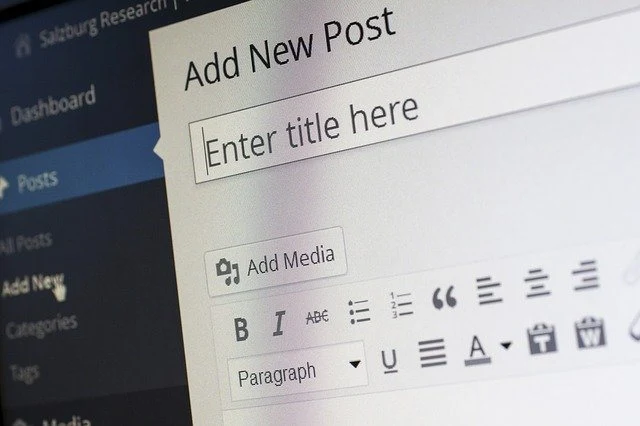Improving Students’ Digital Literacy Through Blogging
It has become a standard menu in lectures that the author
is able to, assigning students to create a blog as one of the individual tasks.
The assignment is certainly not without reason. The purpose of the assignment
is no more so that students have digital literacy as a 21st century skill that
must be mastered by learners. Unfortunately, out of 40 students per class, on
average only 2 people are actively blogging, while the rest never blogging. Even
among them just heard the term blog.
 |
| Werner Moser dari Pixabay |
Digital literacy itself is interpreted as the knowledge and proficiency of users in utilizing various digital media wisely. Digital literacy is becoming important due to the rapid advancement of information and communication technology. The industrial revolution 4.0 has triggered the Internet of Things (IoT), Artificial Intelligent (AI), robotics, cloud computing technology, big data, and soon. At least students are required to understand although not necessarily explore what, why, and how digital literacy. The government itself is currently packing a special program to increase digital talent so that the nation's human resources can take part in the industrial era 4.0.
Blogging is not very
popular among students. They are more compulsive to like social media such as
Instagram, Facebook, Twitter, Telegram and so on. It could be the popularity of
various social media because it is easier to use than creating a blog. Whereas
blogs have a series of benefits, including improving the ability to write, generating
additional income,displaying a portfolio of blog owners, promotional media of
goods and services that will be introduced to prospective consumers, learning
media, and various other benefits.
Blogging activities are
indeed in addition to the need for tinkering skills to code a blog, also have
to post articles regularly. Well posting articles regularly is what may cause
students to be reluctant to create a blog. Not because they are not able to
create a blog, but uploading content in the form of articles becomes a
challenge in itself.
In fact, not all students have the ability to write well.
In fact, a student is willing and able to write well. After all, in every
lecture they are asked to make a paper. And towards the end of the study, they
must write a thesis, thesis or dissertation as a ticket to obtaining a degree.
Good writing skills certainly along with reading interests and creativity. Low interest in reading among students
leads to a lack of their writing skills. Of course, this is a challenge for the
campus how to create an academic culture that encourages the growth of
literacy.
Blogging is actually
able to improve digital literacy. Through blogging activities, blog owners
understand technical jargon such as Search Engine Optimization (SEO), Data analytics, Keywords, Domain Authority, Page Authority, Visitor Behavior and many other jargon. Understanding
these technical jargons requires a commitment to learn them, although it does
not have to have a background in information technology education.
The ability to create
and develop a blog can actually be learned self-taught. Various tutorials on
blogs and trinkets are available on the Internet as well as on library
bookshelves. The key is our perseverance and patience when we want to become
bloggers. But if we intend to become professional bloggers, of course, taking a
course or training becomes a mandatory menu to do. Blogger becomes a promising
profession that is timeless as digital technology develops in the future.
Ultimately, blogging became an effective means to improve students' digital literacy. Students can use blog media for the benefit of lectures, or it could be students interested in using blogs as rupiah coffers. Moving students to enjoy blogging must certainly be supported by lecturers and other campus stakeholders.

Posting Komentar untuk "Improving Students’ Digital Literacy Through Blogging"